As COVID-19 hit the country, brands have shifted their approach marketing to potential customers. Many accounts have seen a decline in conversions because it may not be the best time for individuals or companies to purchase a specific product or service. That being said, brands are still marketing with the future in mind. People may not be ready to buy from you right now, but are you changing your approach so that when this is all over they will consider your brand first?
Video campaigns in Google Ads can be a cost-effective way to maintain branding if your budget has been reduced, especially with YouTube traffic increasing during the pandemic. Here, I’m going to cover four tips for YouTube advertising during COVID-19:
- Try out those too-long videos for YouTube ads
- Build new customer intent audiences
- Lighten up your CTA extensions
- Make sure your video content is quality
1. Try out those too-long videos for YouTube ads
Not every ad on YouTube has to be the TV commercial style of ad. So when I hear people say they do not want to try YouTube ads because they do not have a 30-second video, I have the perfect response: You do not need to have a 30-second video to run successful video campaigns on YouTube. This is not Facebook or Instagram. People go to YouTube to watch videos, and you can use your longer video content and possibly avoid having to create new videos. This is where TrueView discovery ads can really help. Let me explain.
The image above should be a reminder that YouTube is still a search engine. The second-largest search engine after Google to be exact. So users can still use YouTube to try and find answers and solutions to any questions or problems they may be having. Advertisers who want their content to be at the top of the YouTube search results can run TrueView discovery ads to try and get their video as the top spot.
Since the COVID-19 outbreak has led to stay-at-home orders across the US, there has been a surge of people in the country looking to make their own bread. If you sell a bread maker or any products related to making bread, you may want to run some ads to anyone interested in this recent trend. Even if you have video content ready to go, it may be hard to get a ton of immediate, organic exposure for your videos if dozens of other videos are already out there with the same demo. Discovery ads can help push that exposure and build your brand. The image above is showing what your ad may look like on YouTube search results, and that is where TrueView discovery ads can really shine.
When creating a campaign specifically for TrueView discovery, the advertiser has the option to target just the YouTube search results. This gives brands the opportunity to get their content in front of users while they are actively looking for something. What I mentioned previously is just one hypothetical example for the sake of this post. The situation is going to be unique for each account. Research what problems or questions your audience is asking since the novel coronavirus outbreak. Target those terms with TrueView discovery campaigns if you have the creative ready to offer up a valuable solution that can help your target audience. Being the source of help and assistance during these times can really help build your brand.
2. Build new custom intent audiences
If you still want to widen your reach beyond the YouTube search results, you can still use audiences to target your TrueView in-stream and discovery ads. And for YouTube advertising, it does not get any better than custom intent audiences. For YouTube ads, we can create audiences based off of search terms people have typed into Google. The keywords will be broad match related, but it will show a level of intent. This can be super helpful in familiarizing with the new needs of your COVID-impacted customers.
Let’s stick with the hypothetical bread maker company. Two custom intent audiences I usually recommend testing are from converting search queries or converting keywords. Terms like “buy bread maker” or “best bread maker” are a great way to find more customers closer to making the decision to purchase. But, for whatever reason, let’s assume people aren’t ready to convert right away. I would then research new keywords to test out higher level audiences. Instead of trying to push the bread maker, I’d try to get in front of users first starting to show interest in making bread. Then get in front of those viewers with ads (in-stream or discovery) with content on recipe ideas or tips for beginners. This will help build brand equity and keep your brand in mind when they are ready to make the purchase decision.
3. Lighten up your CTA extensions
YouTube’s call-to-action extensions are only available for video ads running TrueView in-stream campaigns. Advertisers have the option to add a headline to their in-stream ad (15 characters long) as well as a call-to-action button (10 characters long). Even if the user decides to skip the video ad, the call-to-action extensions will still be visible alongside the video ad. Here is an example below.
Now, it is important to remember the reason viewers are on YouTube. Most likely the viewer did not go to YouTube to sign up for your demo or buy your product. We can assume most people go to YouTube, especially during recent current events, to be entertained. Personally, I have been going to YouTube to take my mind off of things and relax a bit. So if we’re assuming people are going to YouTube for casual reasons, maybe back off on the hard-ask for awhile.
It is probably not the best time to push your “Buy Now” CTAs unless you are selling an essential item that is in demand. But if you are using YouTube ads to build brand awareness while sales are down, hook them in with softer commitments. This can help build more engagement and potentially drive more traffic if the user feels they do not have to commit to anything. Here are some examples of some softer call-to-action extensions you can test in your campaigns that will fit the 10-character limit.
- Learn More
- Watch More
- See More
- View More
- Read More
- Free Tips
- Get Help
- We’ll Help
- Visit Site
- Stay Safe
These are only 10 examples of what you may be able to try. While they may not be applicable to every industry, hopefully these CTA examples can give you some idea of a softer ask to test. If you are using YouTube for top-of-funnel awareness right now, focus on getting a viewer’s attention and try and avoid coming across as pushy and insensitive in your messaging.
4. Make sure your video content is quality
If you are softening your approach with your targeting, you better have the video content to back up that approach. One excuse I hear a lot is, “We don’t have the means to get new video content.” But video production doesn’t have to be pricey! Many of us have cameras on our phones that can compete on a quality level with many of the videos you see on YouTube. Pair this up with some inexpensive video editing tools, like Camtasia, and you can create many videos (and several edits for each video). Also, you can try to get into the new YouTube Video Builder beta.
While not much information is given about the builder at the time, it does sound very familiar to the YouTube Director app that was available a few years ago. Advertisers will have the opportunity to create new video content to use for YouTube ads (and other marketing efforts) in the matter of minutes. Not only will the tool help with worries of additional costs, but Video Builder will also make the wait time a lot shorter than what you may be used to. Free tools like Video Builder will help us continue to reach our target audience in a cost-effective way. If you are interested in signing up for this new tool, you can request access here.
RELATED: Find out the average YouTube advertising cost and how to lower spend here.
Reach your audience on YouTube now—convert them later
The world may seem to have turned upside down within the past month, but we can still be level-headed with our marketing strategies during COVID-19. Hopefully some of the tips in this post gave you ideas of how you can still reach your target audience if your strategies have been affected by COVID-19. Your audience may still be there, but the way you need to market to them may have changed.
Without a doubt, we are living in uncertain times. Your audience may not be ready to buy anything right now, but they may need help. They may need direction. They may need advice. Your brand can be there to be the voice of comfort and possibly the solution to whatever they are looking for at the moment. You may not see immediate sales, but you are building trust with a new group of potential customers that may come back and purchase your product now or possibly later on when we are finally out of all of this. See what your customers need now, and maybe YouTube ads can help position your brand as the go-to source during these times.
For tips on adapting your other advertising accounts during COVID-19, check out these posts:

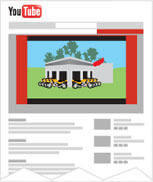
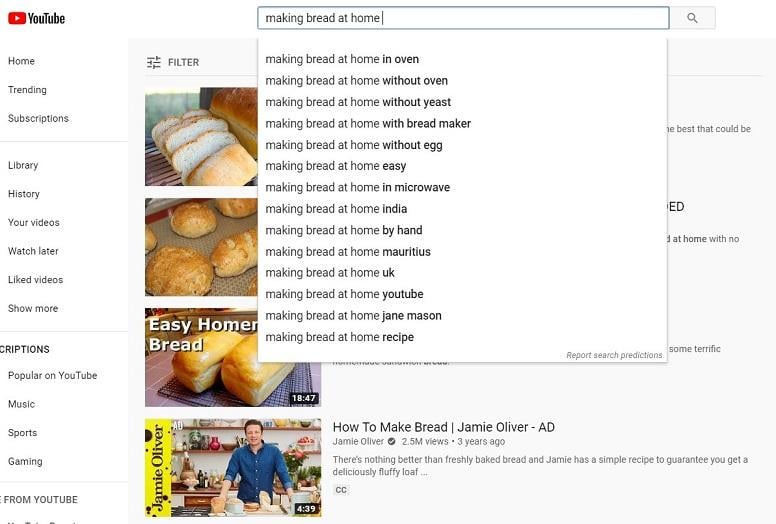
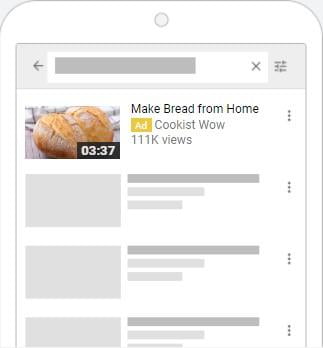

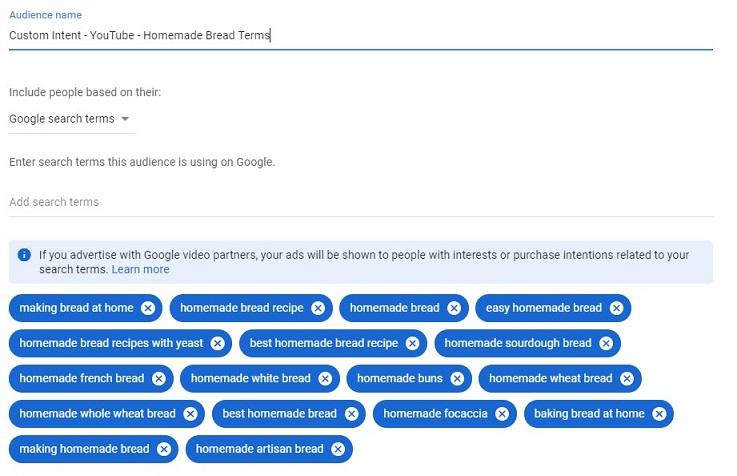
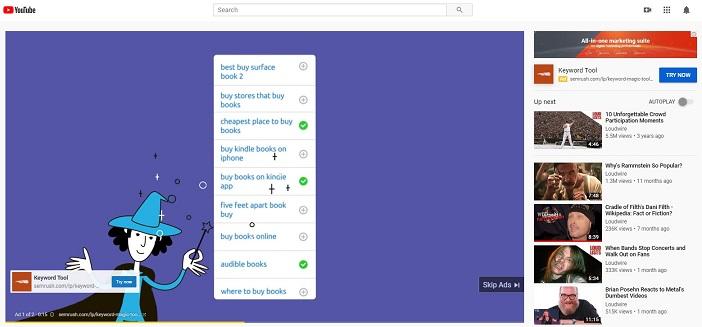
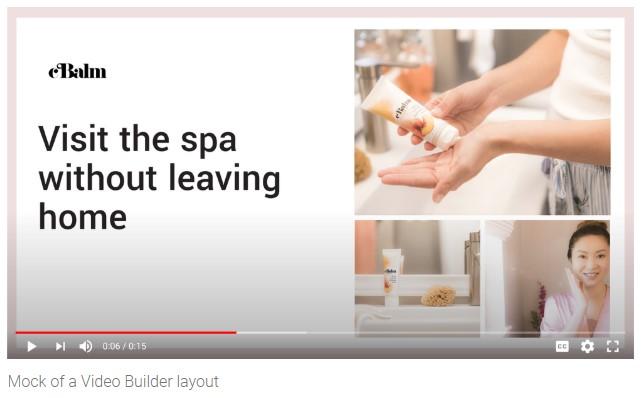

0 Comments